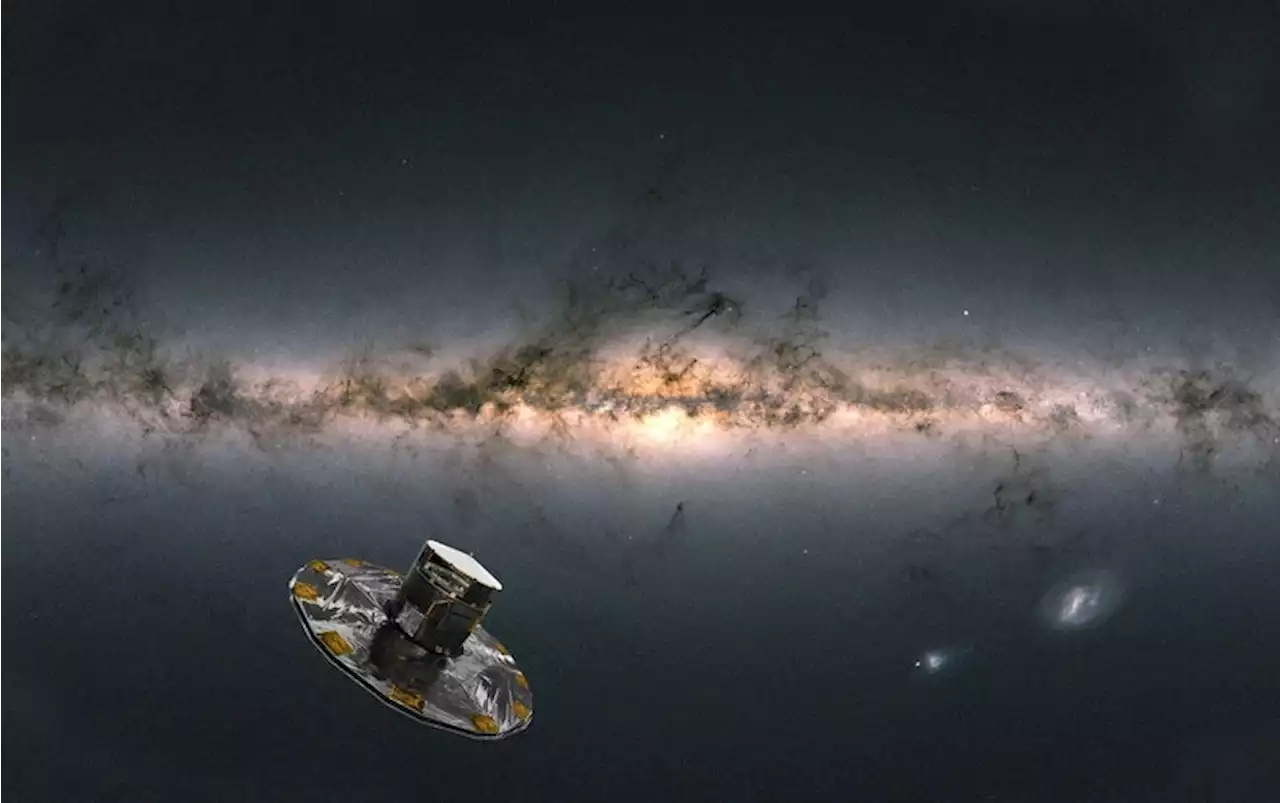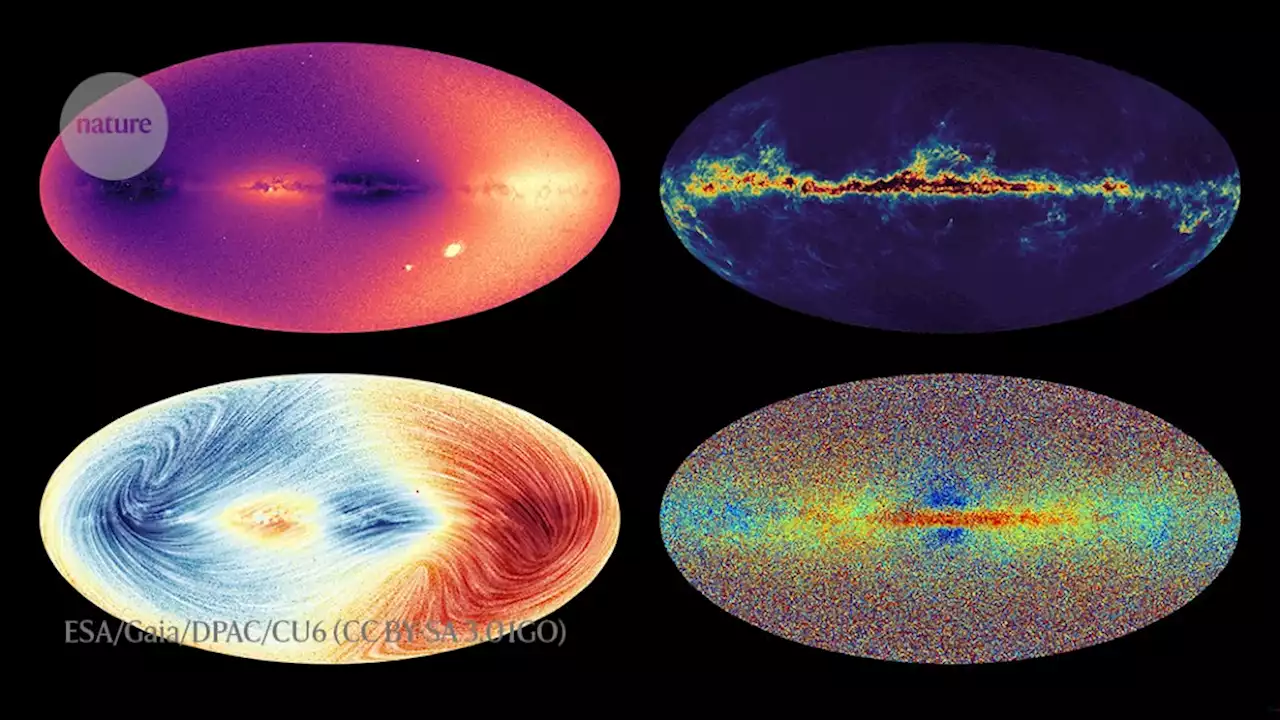The Gaia database currently contains 1 petabyte of data, which is equivalent to the data capacity of 200,000 DVDs.
galaxy and model its life into the past and future. Several thousand servers running tens of thousands of core processors are involved in the operation.
The data sets are also dependent on each other. For example, without information about precise positions of the observed objects, the data on brightness changes or movements of asteroids would be worthless. This amount of processing is the reason behind the delay between the acquisition of the data and its release. Gaia launched in December 2013, but the astronomical community didn't get their hands on the first batch of data until September 2016. The second data release followed in April 2018. The June 13 data dump was preceded by a partial early release in December 2020.
Österreich Neuesten Nachrichten, Österreich Schlagzeilen
Similar News:Sie können auch ähnliche Nachrichten wie diese lesen, die wir aus anderen Nachrichtenquellen gesammelt haben.
 Gaia’s Multi-Billion-Star Map of the Milky Way Keeps Getting BetterThe latest data release from the European Space Agency’s Gaia mission is sparking a frenzy of exciting new astrophysics research
Gaia’s Multi-Billion-Star Map of the Milky Way Keeps Getting BetterThe latest data release from the European Space Agency’s Gaia mission is sparking a frenzy of exciting new astrophysics research
Weiterlesen »
 Milky Way mega-map and UK science turmoilThe latest science news, in brief.
Milky Way mega-map and UK science turmoilThe latest science news, in brief.
Weiterlesen »
 Gaia's Massive Third Data Release is out!The third Gaia Data Release (DR3) has been released, and is already leading to some major breakthroughs in astronomy!
Gaia's Massive Third Data Release is out!The third Gaia Data Release (DR3) has been released, and is already leading to some major breakthroughs in astronomy!
Weiterlesen »
 Givenchy Men’s Spring 2023At givenchy, models splashed through a milky fluid in chunky rubber boots and neon technical gear.
Givenchy Men’s Spring 2023At givenchy, models splashed through a milky fluid in chunky rubber boots and neon technical gear.
Weiterlesen »
 Why some animals evolved to sacrifice themselvesFrom headbutting muskoxen to self-sacrificing bees, evolution favors populations, not individuals.
Why some animals evolved to sacrifice themselvesFrom headbutting muskoxen to self-sacrificing bees, evolution favors populations, not individuals.
Weiterlesen »
